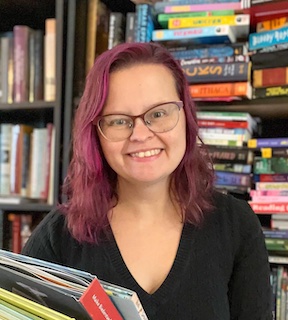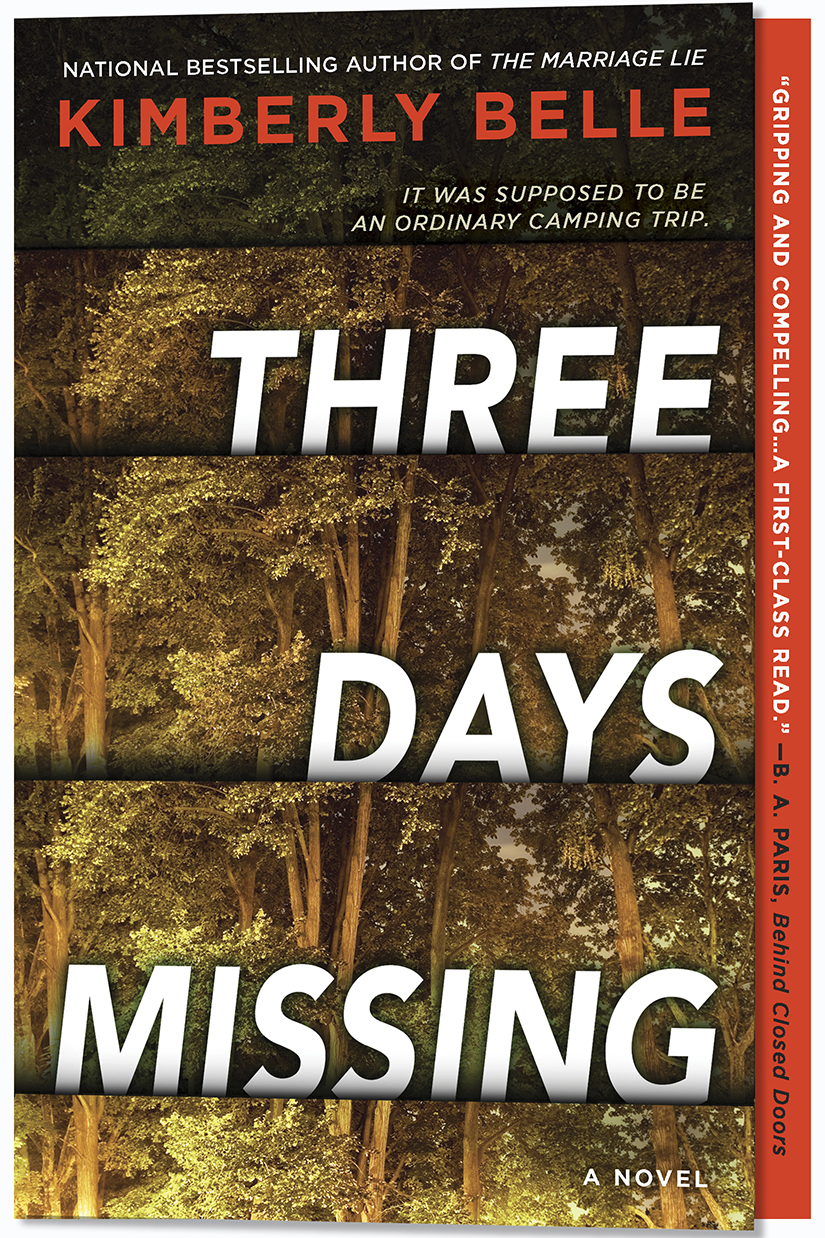Germs in Action
A comic-style book for young readers offers a delightful tour of the science behind animal immune systems
Children’s author Heather L. Montgomery was inspired to write the comic book-style middle-grade nonfiction Sick! The Twists and Turns Behind Animal Germs amid the COVID-19 pandemic, as she wondered how animals managed to survive epidemics. “Animals always help me make sense of the world,” she explains in the book’s acknowledgments.
 This isn’t the first time Montgomery — who lives near the Tennessee/Alabama state line and holds a master’s degree in environmental education — has delved into animal science. Her previous middle- grade nonfiction, Who Gives a Poop? Surprising Science from One End to the Other, also explores animal mysteries and the scientists who study them by addressing a topic most adults find icky and most kids love. Similarly, Sick! often gets up close and personal with gross and sometimes morbid research into animal immune systems in a way that will delight middle-grade readers.
This isn’t the first time Montgomery — who lives near the Tennessee/Alabama state line and holds a master’s degree in environmental education — has delved into animal science. Her previous middle- grade nonfiction, Who Gives a Poop? Surprising Science from One End to the Other, also explores animal mysteries and the scientists who study them by addressing a topic most adults find icky and most kids love. Similarly, Sick! often gets up close and personal with gross and sometimes morbid research into animal immune systems in a way that will delight middle-grade readers.
Montgomery divides the book into eight chapters, each focused on a scientist or scientists and their research into a particular animal’s immune system, from bats to Panamanian golden frogs to alligators. The opening chapter follows a sick mama chimpanzee named Chausiku on a mountain in Tanzania. Mike Huffman (a scientist from Japan) and Seifu Kalunde (a healer from Tanzania) watch as Chausiku sucks sap from the mjonso plant, which villagers also use when they are sick. Huffman hypothesizes that chimps use leaves and plants to help fight off worms, and he sets out to test that hypothesis.
Many chapters end with more questions than answers, such as chapter five, which follows Gary Graves and other scientists as they research why vultures don’t get sick from eating carrion. Chapter six shows that students can make important discoveries too, describing how students at the Free University of Brussels became the first to isolate a mysterious molecule in a dromedary camel, which turned out to be a new kind of antibody.
Montgomery’s deft and engaging prose, full of quirky metaphors and alliterations, brings the science to life, whether she’s discussing ants systemically dismantling an infected pupa or teams of researchers working together to learn more about aphids. “Say you swallowed some stew that was not cooked completely,” she explains in delightfully pleasing prose despite the topic, “then ten hours later your stomach was swirling as if it had set sail in a storm. Or perhaps you tucked into turkey that sat on the counter too long. Later, your tummy felt crummy, and you spent all night squatting and squirting.” Even when writing about heavier topics, like how white blood cells work, Montgomery’s prose is engaging and fun. She also gives germs and bacteria nicknames to make them catchier and more memorable for readers, like Vera Virion and Anton Antibody.
 Colorful illustrations by Lindsey Leigh scattered throughout the book will also capture kids’ attention. While most information is given through text, more details are provided through comic panels, bubbles with fun and not-so-fun facts, and a friendly brain. Every aspect of the book is designed with kids in mind. Back matter includes a list of more super symbionts, as well as selected sources.
Colorful illustrations by Lindsey Leigh scattered throughout the book will also capture kids’ attention. While most information is given through text, more details are provided through comic panels, bubbles with fun and not-so-fun facts, and a friendly brain. Every aspect of the book is designed with kids in mind. Back matter includes a list of more super symbionts, as well as selected sources.
Perhaps most striking for me is how Montgomery shows that science is a process of asking questions, researching, testing, failing, and then asking more questions. Sick! is about more than viruses, germs, and bacteria; it’s also about how scientists make discoveries.
Montgomery began this book in response to her own curiosity about pandemics and immunity. This post-COVID-19 fascination with germs and viruses is shared by kids, too. At the very beginning of the book, even before the introduction, is a warning that readers will experience science in action. Sick! is truly an action-packed exploration of the wondrous world of animal germs and their potential to answer questions about how both animal and human immune systems work.

Margaret Kingsbury is a freelance journalist, book reviewer, and editor whose work has appeared in Book Riot, School Library Journal, BuzzFeed News, Parents, The Lily, and more. She lives in Nashville. You can find her on Instagram @BabyLibrarians.


